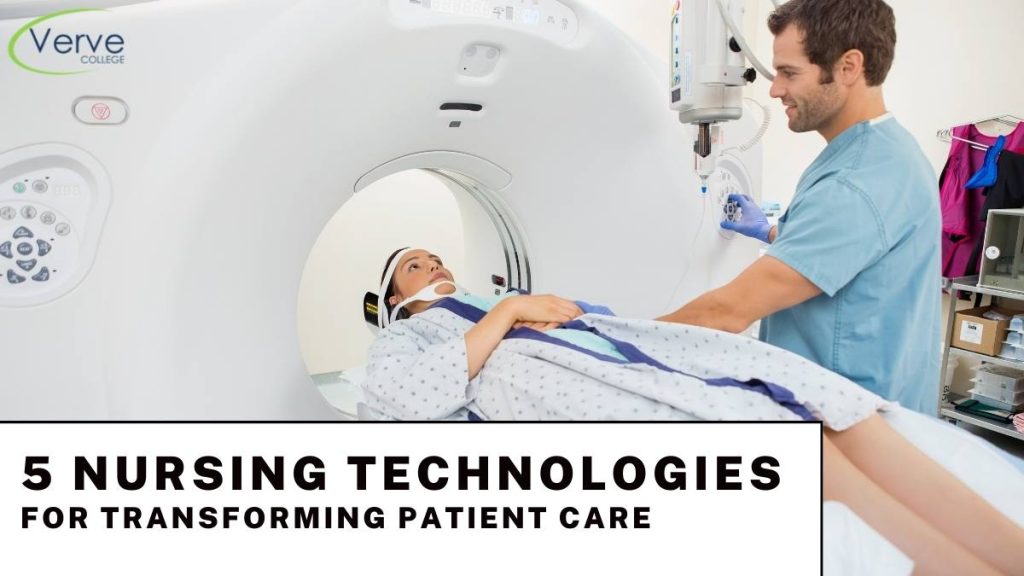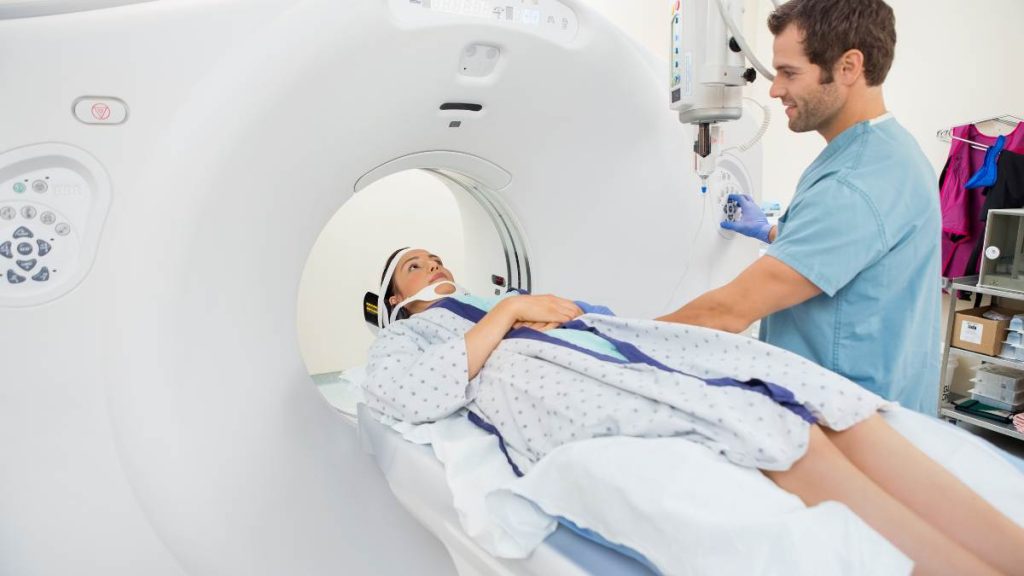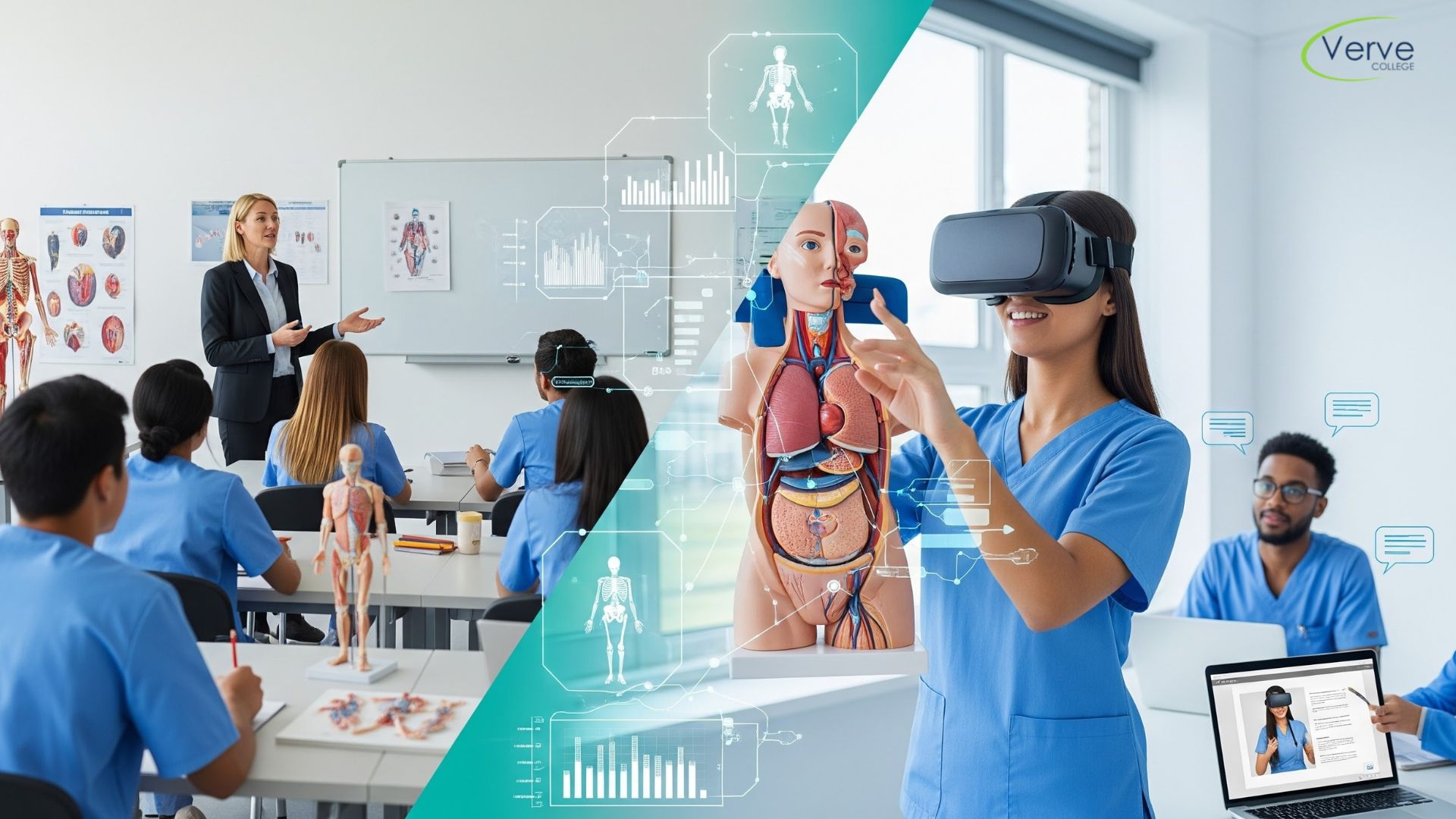- Oak Brook:(630) 705-9999
- Chicago:(312) 920-8822
- Email:inquiry@vervecollege.edu
- Make a Payment
- Home
- Programs
- Admission
- Resources
- ATI Entrance Exam Resources
- New E-Digital Library
- Refer a Friend
- School Newsletter
- Events
- Employers
- Job-Network
- Alpha Beta Kappa Candidates
- Verve College Library
- Graduation and Pinning Ceremony Photo Galleries
- Textbook Information
- Career Services
- Tutoring
- School Catalog
- FAQ
- Constitution Day Program
- Alumni
- Verve College Plans
- Financial Aid
- HEERF Reporting
- Satisfactory Academic Progress
- Apply For Financial Aid
- Net Price Calculator
- Return of Title IV Funds (R2T4)
- Financial Aid Office Code of Conduct
- Contact
- FAQs
- Verification Policy
- Vaccination Policy
- Student Right-to-Know Act
- Misrepresentation
- Information Security Program
- Academic Award Year
- Availability of Employee
- Cost of Attendance
- Health & Safety Exemption Requirement
- Students Rights and Responsibilities
- Leave of Absence
- Pell Formula
- Military Students
- Grants/ Scholarship Policy
- Contact Us
- Testimonials
- Blog
Is a Nursing Career Right For You?
Take The Free Quiz
Nursing Technologies For Transforming Patient Care
Nursing Technologies For Transforming Patient Care
Technology has revolutionized how we communicate, listen to music, and shop; thus, it comes as no surprise that its influence is expanding into the healthcare industry as a whole. Technology has had a considerable and beneficial effect on the role & duties of LPNs and healthcare professionals across the nation, who increasingly rely on this improvement for direct patient care delivery in healthcare organizations.
What is Nursing Technology?
Nursing tech refers to any piece of technology designed to aid LPNs and other nursing professionals in providing excellent care for patients more efficiently. Nursing technology encompasses mobile phones as well as automated medicine delivery systems. You can learn more about this through the evening LPN programs. Just take a look around any medical or hospital facility to understand its prevalence; there can be both advantages and drawbacks associated with widespread tech usage within this sector, with advances and improvements leading to both benefits as well as disadvantages that have resulted in widespread usage being realized over time.
Healthcare tech may never replace the human touch provided by medical staff in a variety of settings; however, technology has certainly simplified their tasks and transformed how nurses provide basic patient care in the healthcare landscape. Here are five examples that illustrate its influence in the business of the healthcare sector.
Read More:-Importance of Ethics in Licensed Practical Nursing Schools
Automated I.V. Pumps
An automated IV pump monitors drips and doses. Nurses can alter doses using software and medical technology; patients don’t have to wait around for adjustments as an IV feeding pump delivers meals promptly at meal times, while self-pumps allow patients to self-manage how many painkillers they take at any one time.
Automated IV pumps can speed up nursing processes and duties in healthcare facilities and can provide quick corrections if urgent changes need to be made. Their automated method for switching medicines also reduces human error that could potentially create issues in hospitals or clinical patients’ medical histories.
Telemedicine
Telemedicine became more mainstream after the COVID-19 pandemic in the healthcare field. Telemedicine technology offers powerful means for minimizing unnecessary hospital visits and cross-infection, and emergency telemedicine solutions provide emergency help when required.
Before, nurses around the globe could participate in telephone triage arrangements. Nurses could track oxygen levels, breathing patterns, blood glucose, and pulse rates of patients during non-emergency situations like blood pressure readings or glucose readings from them in non-emergency cases; patients could then be instructed to apply bandages or treat minor wounds themselves. If you wish to go ahead in the nursing profession you can choose to become a licensed practical nurse, gain knowledge and serve patients with quality care in health care facilities.
Integration of Intelligent Devices With Daily Equipment
Internet of Things (IoT), commonly referred to as connected intelligent devices, refers to the incorporation of small electronic devices that communicate over an online network with one another and are connected by sensors or WiFi and have some degree of intelligence, often capable of sending data into cloud storage or notifying humans of potential issues.
Both technologies have had a substantial effect on patient treatment and health care services. Hospital beds that monitor weight and movement, as well as vital signs, are now on the scene; for example, smart shirts or touch-free technology allow caregivers to be alerted immediately if someone falls from bed, vital signs decline, or activity levels decrease. Wearable gadgets like wearable monitors and sensors also enable location tracking so caregivers may locate someone if they wander off from care – wearable tracking gadgets report back where someone may go should they drop.
Patient Identification and Staff Identification Systems
In order to prevent errors and protect hospital populations, bar codes, wristbands, and RFIDs can help identify patients. These tracking and identification technologies help track them with ease.
Introduced palm vein, eye scanning, and microchip technology as a means to identify patients and health care staff more reliably while restricting unauthorized access to patient files. Nursing jobs will expand with the adoption of new technologies, creating safer and healthier outcomes for both nurses and patients.
Smart Beds
Smart beds represent a breakthrough in current healthcare development. Even though they cannot measure vitality in all patients, these smart beds can still assist nurses and healthcare providers by automating certain functions like readjustment; now, nurses do not have to manually move patients manually!
Want to Make a Career in Nursing? Get More Information About Our Courses!
Conclusion
Nursing jobs will necessitate nurses and doctors to adapt to new technologies quickly. Training will be key; Medical professionals will need to learn to live in an ever-evolved world that relies on automation for everyday functions. To learn more as an aspiring nurse, you should look for licensed practical nurse programs near me as Nurses could gain from adopting cutting-edge tech advances by expanding their perspectives through education and practice immensely.
 Sign up
Sign up Login
Login





